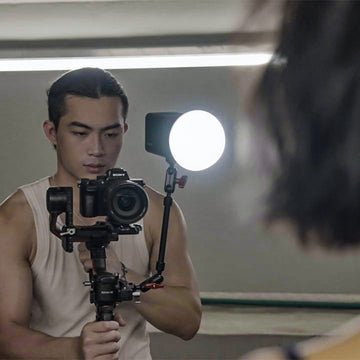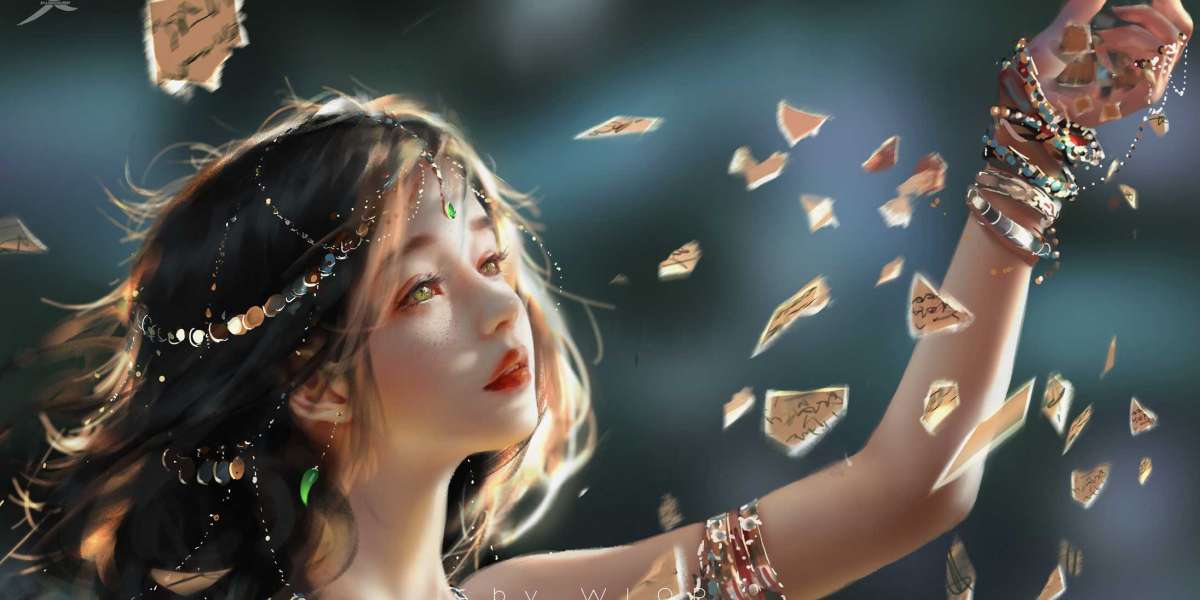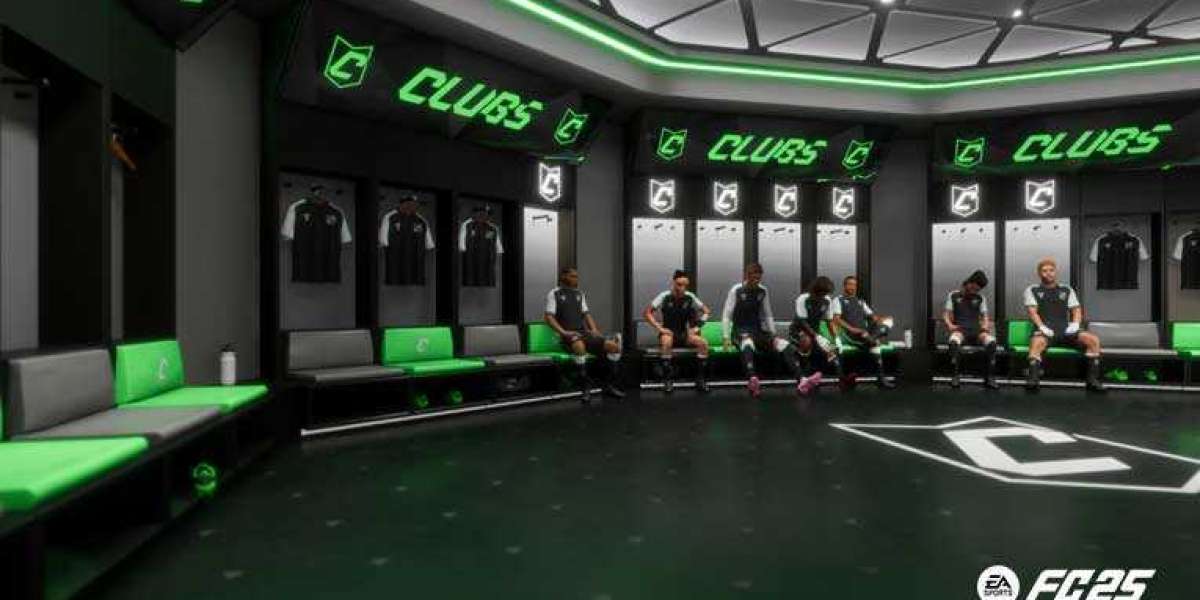Studio photography is a delicate art that requires a deep understanding of lighting techniques to master shadows and highlights. Whether you are a professional photographer or an amateur enthusiast, efficient studio lighting is essential for creating stunning and impactful images. In this guide, we will explore the key principles and techniques for mastering shadows and highlights in studio photography, providing you with the knowledge and skills to elevate your photography to the next level.

Understanding Light and Shadow
Light is the fundamental element of photography, and understanding how it interacts with the subject and the environment is crucial for creating compelling images. In studio photography, the manipulation of light and shadow is a powerful tool for shaping the mood, atmosphere, and visual impact of the photograph. By mastering the interplay between light and shadow, photographers can create depth, dimension, and visual interest in their images.
One of the key techniques for controlling shadows and highlights in studio photography is the use of diffusers and reflectors. Diffusers soften and spread the light, reducing harsh shadows and creating a more even and flattering illumination. Reflectors, on the other hand, bounce light back onto the subject, filling in shadows and adding highlights to specific areas. By strategically positioning diffusers and reflectors, photographers can sculpt the light to achieve the desired effect.
Efficient Lighting Setups
When it comes to efficient studio lighting, the setup plays a crucial role in achieving the desired results. There are various lighting setups that photographers can use to control shadows and highlights, such as the classic three-point lighting setup. This setup consists of a key light, a fill light, and a backlight, each serving a specific purpose in shaping the light and shadow in the scene.
Another efficient lighting technique is the use of light modifiers, such as softboxes, umbrellas, and grids, to control the direction, intensity, and quality of the light. Softboxes create a soft, diffused light, while umbrellas spread the light in a broader and more even manner. Grids, on the other hand, narrow the beam of light, allowing for more precise control over the illumination of the subject.
Creating Dramatic Effects
Mastering shadows and highlights in studio photography also opens up opportunities for creating dramatic and artistic effects. By using techniques such as low key and high key lighting, photographers can manipulate the contrast between light and shadow to evoke specific emotions and convey a particular mood. Low key lighting emphasizes shadows, creating a moody and mysterious atmosphere, while high key lighting minimizes shadows, resulting in a bright and airy feel.
Furthermore, the use of gels and colored filters can add a creative dimension to studio lighting, allowing photographers to introduce vibrant hues and tones into their images. By experimenting with different lighting techniques and effects, photographers can push the boundaries of traditional studio photography and create visually stunning and unique photographs.
Mastering Shadows and Highlights in Studio Photography: A Guide to Efficient Lighting Techniques
Mastering shadows and highlights in studio photography is a continuous learning process that requires experimentation, practice, and a keen eye for detail. By understanding the principles of light and shadow, utilizing efficient lighting setups, and exploring creative techniques, photographers can elevate their studio photography to new heights. Whether you are capturing portraits, still life, or commercial images, mastering shadows and highlights will undoubtedly enhance the visual impact and storytelling of your photographs.








